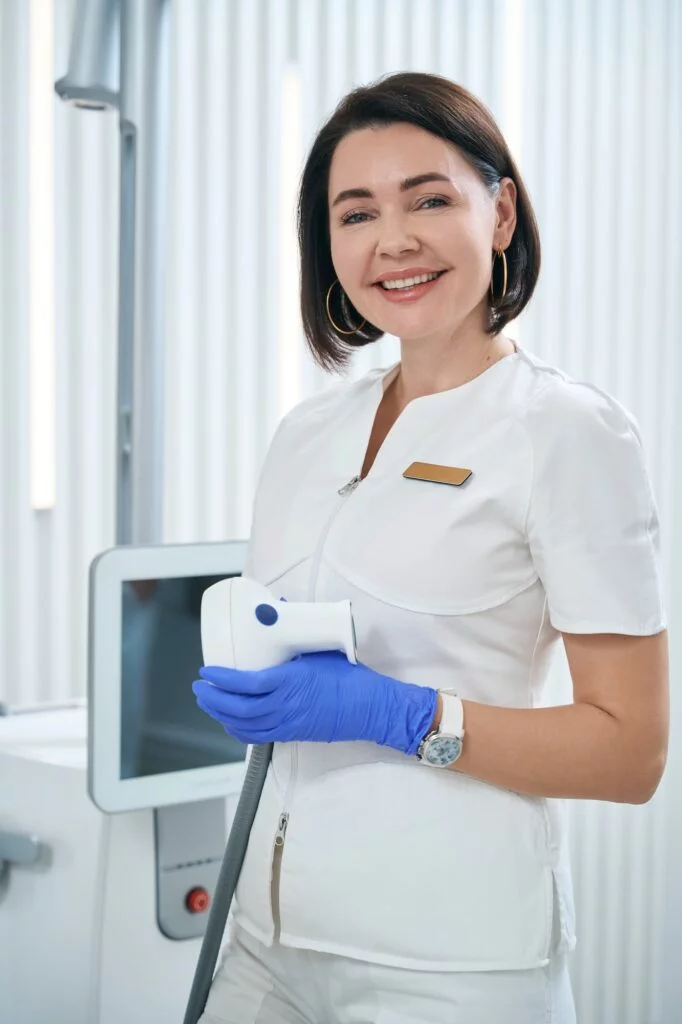Many medical professionals say YES! According to our gastroenterologists, implementing various Kegel Exercises into your daily life can help those with overactive bladders, especially woman. Studies show that symptoms improve substantially in a very high percent of people whom regularly and properly do pelvic floor muscle exercises. Poor urine and/or fecal control are often due to pelvic floor weakening; like any weak muscles, the more exercises one does the stronger the muscle gets. Our physicians have put together a complete list of exercises to help alleviate such bladder issues:
HOW TO DO KEGEL EXERCISES:
What to do:
Make yourself aware of this muscle group by using any of these cues:
- Imagine you are in a crowded room and you feel the need to pass gas—you need to pull up and in at the rectum.
- You are on the toilet emptying the bladder; if you tried to stop the flow of urine, those are the muscles you need to train. (Try this on the toilet to see if you are not sure which muscles to use)
- Close the vagina and the rectum: pull the muscles up inside your body, as if you are trying to pick up a large marble with the vaginal muscles.
- Try to hold each Kegel contraction for a slow count to 5, even if you can’t at first. Do sets of these contractions, 5 for a while then gradually more up to 10; at least 3 times daily.
What not to do:
- If you are holding your breath, you may be bearing down on your bladder or bowel instead of pulling them up. If your belly bulges out while you squeeze, you’re holding your breath. Breathe gently in and out while exercising; count out loud if you need to avoid holding your breath.
- You should not see or feel other muscle movement when doing Kegels; keep buttock, belly and inner thigh muscles relaxed.
If after completing these Kegel exercises your overactive bladder has not improved, contact your gastroenterologist.



